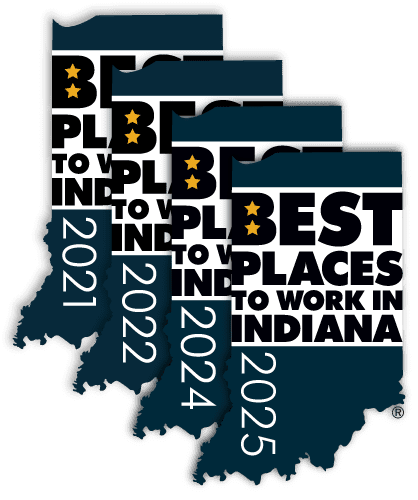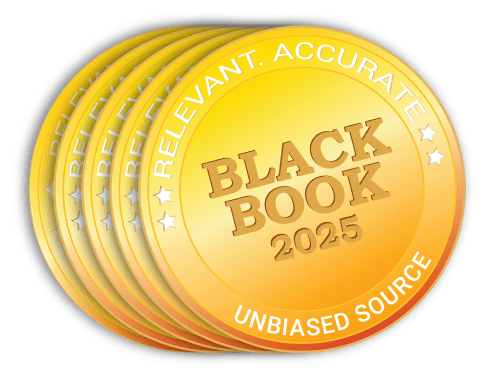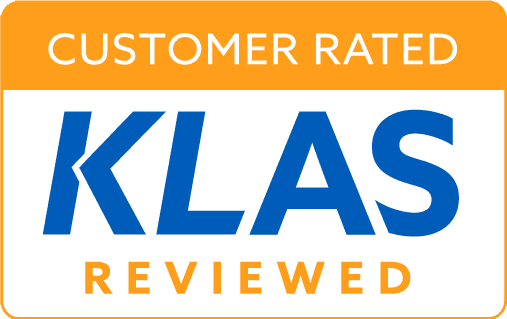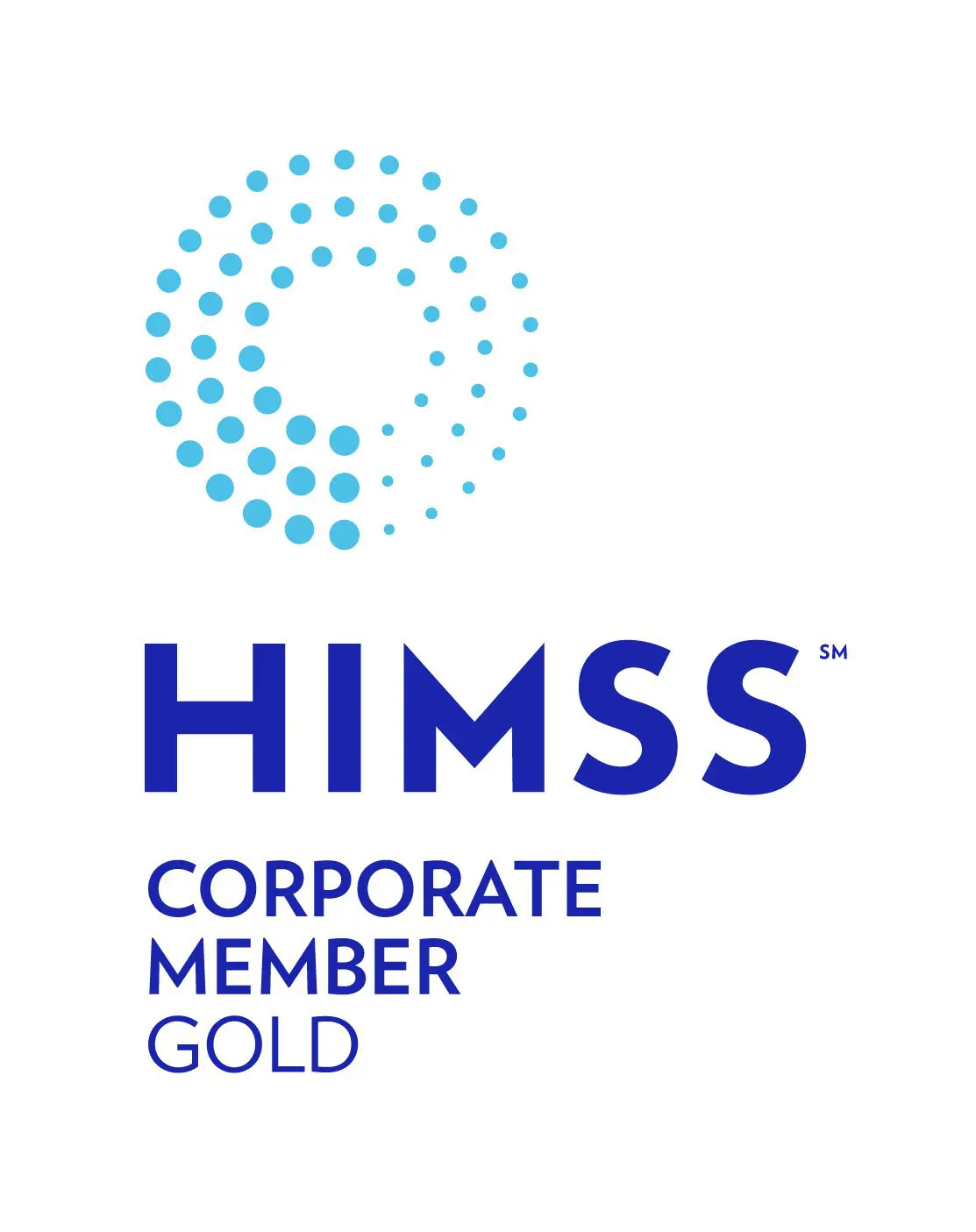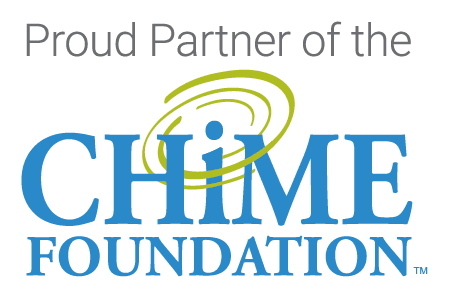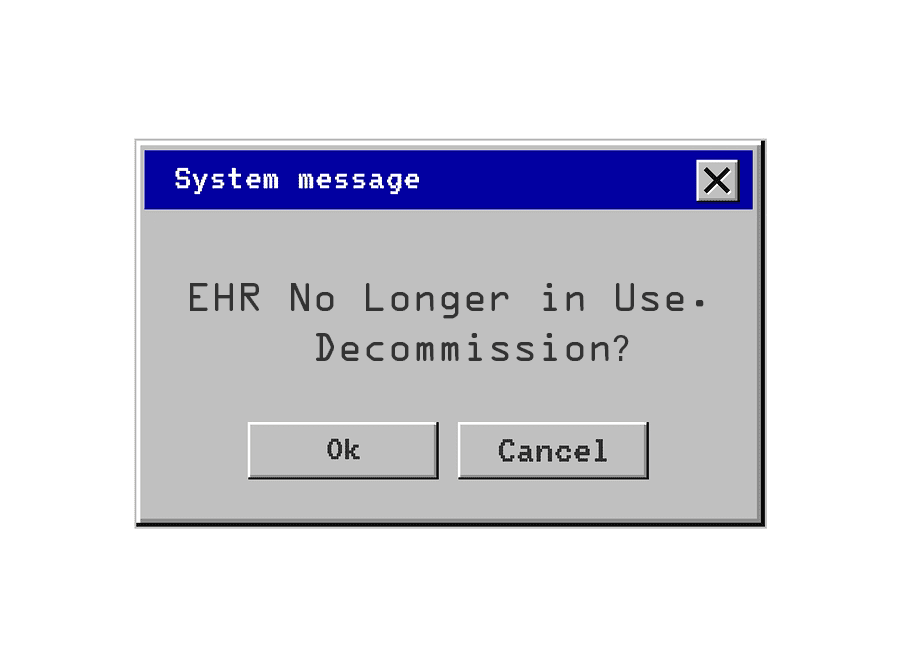
Implementing a new EHR system? If so, is there a plan for the legacy data? Sometimes, providers let legacy systems continue to run alongside the new EHR based on either a lack of confidence in the migration or lack of a data governance plan, says Joe Ponder, senior partner at InfoCycle, in a recent blog entitled Legacy System & Data Management.

Leaving legacy systems up and running isn’t a best practice for lifecycle data management and may be a recipe for disaster. With healthcare ranked as the number one most cyber attacked industry, the most vulnerable entry points for bad actors are weak links in the network, which start with legacy systems. And, operational failure or poor performance from outdated systems adds more risk to the IT portfolio the longer the legacy systems are kept in read-only mode.
Considering the total cost of ownership of maintaining a legacy system – hardware, software, liability, licensing, back-ups, access management, security, operations, and training costs — expenses can really add up while also posing substantial risk to the organization. Plus, there are missed opportunity costs when the IT team spends time repairing and/or troubleshooting issues with legacy systems versus working on current projects.
To take the reins on data management across the organization, create and engage a Data Governance team. Typically, the group includes representatives from Health Information Management (HIM), Finance (Patient Financial Services and General Ledger/HR), Clinical, Operations, Legal, Audit & Compliance, and IS. This group will:
- Establish a health data archiving strategy
- Define archive vendor requirements
- Provide input and approval around the prioritization of the legacy application decommissioning schedule
- Ensure record retention policies and standards are followed
- Oversee data archiving project resourcing
- Monitor regulation awareness and compliance
Once the Data Governance team and plan is solid and stakeholders are aligned, the follow-through with a lifecycle data management strategy can begin. This involves creating an inventory of legacy systems to archive and sourcing RFPs for which EHR and HR/Payroll systems to archive. The inventory will serve as an evolving tool to ensure the organization’s enterprise-wide data management needs are met and managed.
While this task can be completely managed in-house, some organizations choose to engage a third party to help facilitate and implement the legacy data management program. This is a role that our Harmony Healthcare IT team regularly plays; see our case studies for examples.
Ranked as the 2020 top EHR Data Archiving Company, including Data Extraction and Migration, by Black Book™ Rankings – Harmony Healthcare IT prides itself on working with IT stakeholders to formulate a strategy that lowers maintenance costs, makes release of information more efficient, and provides easy accessibility to records for consolidated clinical viewing and regulatory compliance.
Our team has extracted or migrated patient, employee or business records from over 500 EHR and ERP brand names. Chances are, we’ve worked with the system(s) within your IT portfolio. This depth and breadth of experience provides clients with the peace of mind that data integrity will remain intact and that the active archive will include everything necessary to preserve the PHI, HR, A/R and operational records needed to meet your organization’s record retention plans.
Ready to talk? We’re here.

